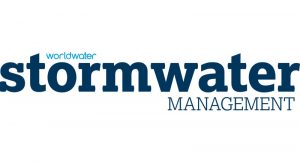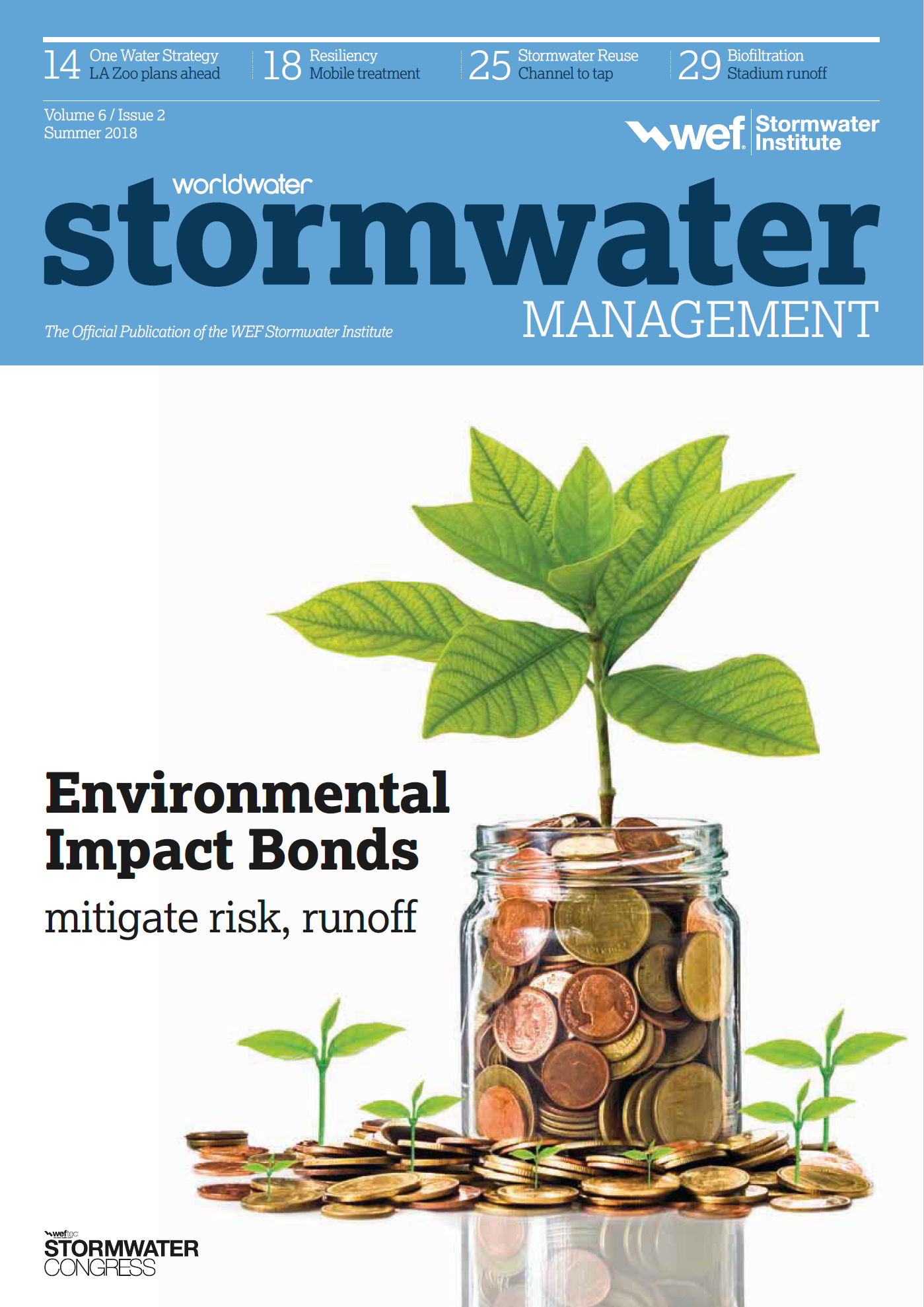The site of a former Ford Motor Company plant along the Mississippi River in St. Paul, Minnesota, U.S., offers a prime location for redevelopment. Authors Bob Fossum, Wes Saunders-Pearce, Nathan Campeau, and Matt Metzger explain the decision-making process used to estimate the benefits and costs of two different approaches for managing runoff from the site.
 Starting with the Model T and ending with the Ranger pickup, the Ford Motor Company plant in St. Paul, Minnesota, U.S., manufactured vehicles for nearly 90 years. Even before the last truck rolled off the assembly line in 2011, planning has been underway for redevelopment of this 54-ha (134-ac) site. The vision for the redeveloped Ford site is a livable, mixed-use neighborhood that looks to the future, using clean technologies and high-quality design for energy, buildings, and infrastructure. Its proximity to the Mississippi River and vibrant residential neighborhoods makes the site a valuable resource, demanding careful planning to manage needs pertaining to energy, waste, transportation, landscape, and water.
Starting with the Model T and ending with the Ranger pickup, the Ford Motor Company plant in St. Paul, Minnesota, U.S., manufactured vehicles for nearly 90 years. Even before the last truck rolled off the assembly line in 2011, planning has been underway for redevelopment of this 54-ha (134-ac) site. The vision for the redeveloped Ford site is a livable, mixed-use neighborhood that looks to the future, using clean technologies and high-quality design for energy, buildings, and infrastructure. Its proximity to the Mississippi River and vibrant residential neighborhoods makes the site a valuable resource, demanding careful planning to manage needs pertaining to energy, waste, transportation, landscape, and water.
Read more of “Analyzing alternatives for managing stormwater” on p. 22 in the Summer issue of World Water Stormwater Management magazine.





